The death of the “Butcher of Tehran“
Raisi’s Role and the Bigger Picture
The sudden death of Iranian President Ebrahim Raisi in a helicopter crash has raised questions about who will succeed him and the implications for Iran, the Middle East, and relations with the US. However, the real issue lies in the succession of the Supreme Leader, Ali Khamenei, who holds the true power in Iran. Raisi’s rise to power was part of a strategy to consolidate power among hardliners and ensure regime stability. His death disrupts a succession plan for the Supreme Leader and creates uncertainty about the future leadership of Iran.
The leading candidate to succeed Khamenei is his son, Mojtaba Khamenei, who has significant informal power and relationships with the Revolutionary Guard Corps and other security services. However, doubts persist about his leadership experience and religious credentials. The Assembly of Experts is responsible for selecting the next Supreme Leader, but influential figures capable of significant change are scarce.
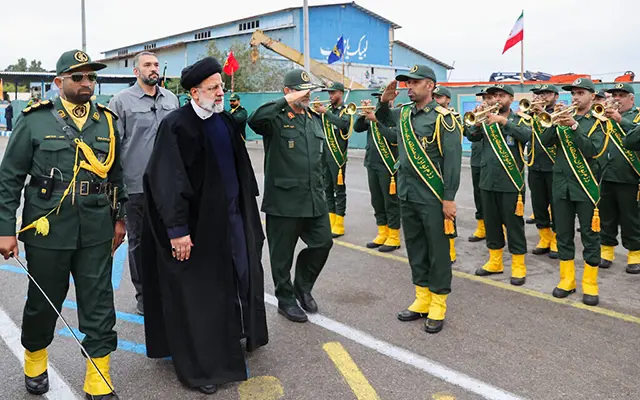
The Iranian Revolutionary Guard Corps (IRGC) plays a key role in determining the next Supreme Leader as they have significant influence in Iranian politics and the economy. Raisi’s death opens the field to other hardliners, potentially leading to increased factionalism within the regime. The chances of moderates returning to power and improving relations with the West are slim, as the Guardian Council, which vets candidates, is expected to be even stricter this time, ensuring only loyalists are selected.
While Raisi’s death may spark protests and activism among Iranians who despised him, the regime is likely to swiftly crush any such movements. The uncertainty caused by Raisi’s death could affect Iran’s engagements with its proxies and adversaries and pose challenges to its diplomatic endeavors in the Arab world.
The loss of Foreign Minister Hossein Amir-Abdollahian, a seasoned diplomat who had built relationships within the Arab world, is likely to impact Iran’s diplomatic efforts. Regional adversaries may seize the opportunity to challenge Iran, increasing its sense of vulnerability and the risk of miscalculation. The upcoming U.S. presidential election could also impact communication between Washington and Tehran.
Despite internal political turmoil, the Supreme Leader and the IRGC remain in control of foreign policy decisions. The core pillars of Iranian foreign policy, such as aligning with China and Russia and supporting proxy groups in the region, are expected to remain unchanged.
In conclusion, Raisi’s death is significant for the future of the Supreme Leader and the balance of power within Iran’s political system. The succession plan for the Supreme Leader and the role of hardliners in the regime remain uncertain. The implications of this event extend to Iran’s engagements in the region and its diplomatic efforts. However, the fundamental principles of Iranian foreign policy are likely to persist.
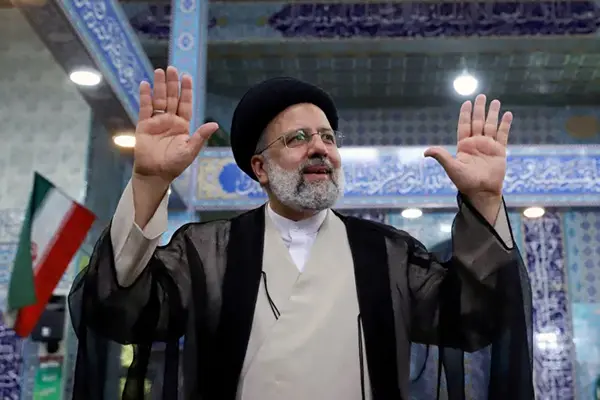
Key Facts About the Late Iranian President Ebrahim Raisi:
- Iranian President Ebrahim Raisi died in a helicopter crash on May 20, 2024, in a rural area of Iran due to fog and adverse weather conditions.
- The crash also claimed the lives of the country’s foreign minister and other officials.
- Raisi became president in 2021 after an election marred by protests and accusations of rigging. He secured 62% of the votes, with the lowest turnout in an Iranian election in four decades.
- Known as a close ally of Iran’s supreme leader, Ali Khamenei, Raisi focused on expanding Iran’s influence in the Middle East during his presidency, amidst economic turmoil and escalating conflict with Israel.
- His administration enforced strict regulations on women’s rights, particularly the “hijab and chastity law,” which led to widespread anti-government protests after the deaths of two women who allegedly violated the hijab law.
- Raisi’s government also restricted women’s access to sexual and reproductive healthcare in an effort to boost population growth.
- In 2019, Raisi was sanctioned by the U.S. for his involvement in human rights abuses, including the execution of children, imprisonment of human rights lawyers, and the execution of thousands of political prisoners in 1988.
- Following Raisi’s death, Iran’s first vice president, Mohammad Mokhber, will serve as acting president, and a leadership council has 50 days to organize a new presidential election.
- Raisi began his government career after the 1979 Islamic Revolution and earned the nickname “Butcher of Tehran” for his role in the executions of political prisoners in 1988.
- His rise in the government included serving as Tehran’s prosecutor general, chair of the General Inspection Office, and chief justice before his presidency.
- Raisi’s administration faced significant unrest, including the “Woman Life Freedom” uprising in 2022, sparked by the death of Mahsa Amini in police custody for not wearing a hijab.
- The uprising resulted in widespread protests, hundreds of deaths, and the imprisonment of thousands.
- Iran has faced criticism from human rights organizations for its increased use of the death penalty, recording 853 executions in 2023, the highest number since 2015.
We also recommend reading:
American Hostages – 444 days, AHMED FOUAD ALKHATIB — OPEN LETTER, Mocking US Sanctions, ANC — Solving Financial Problems In The Hague, Dina Rubina — OPEN LETTER.

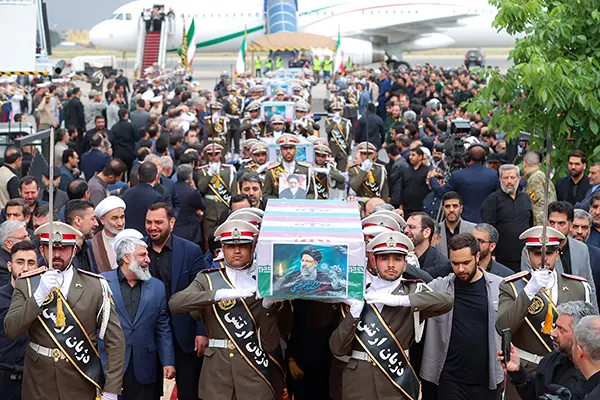



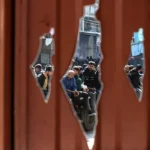

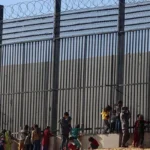
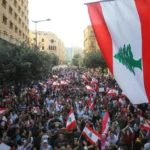
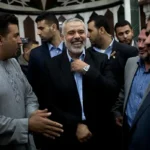
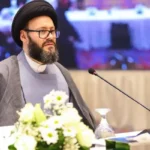
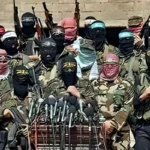


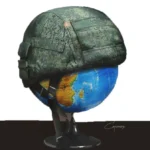
Leave a Reply